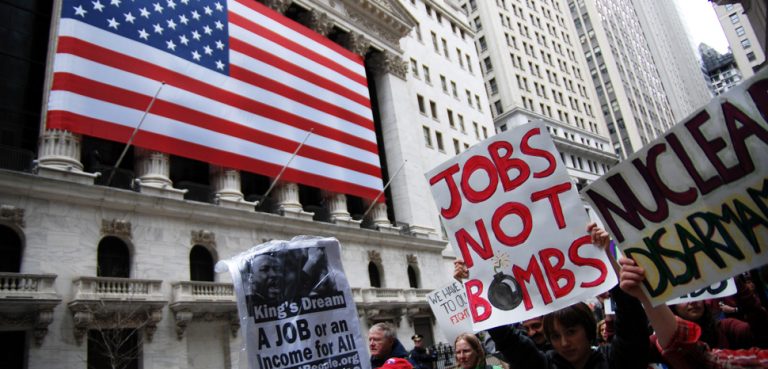Since Joshua Cooper Ramo coined the expression Beijing Consensus (BC) in 2004, it’s been the perfect catch-all term encapsulating China’s remarkable development model, responsible for some of the fastest economic growth rates in modern history. Given Beijing’s runaway financial success over past decades, it’s no wonder that, once Xi Jinping unveiled his Belt and Road Initiative (BRI) in 2013, other developing countries quickly got in line, cap in hand, hoping to obtain some much-needed nous and financial assistance.
But recent policy shifts – particularly in the energy sector – are revealing that the BC rests on shaky foundations after all. At best, these shifts portray Beijing as a callous global actor. At worst, they could deal a deathblow to Xi Jinping’s leadership—just a year after analysts estimated that Xi might remain president for life.
A perilous reliance on coal
The major wrench in the works is China’s excessive reliance on coal to power its industrial base —indeed, the foundation of much of its growth over the past four decades— which has become simply untenable in the current era of climate change awareness. A recent Institute for Energy Economics and Financial Analysis (IEEFA) report exposed Beijing’s glaring double standard, holding damning results for China’s reputation as a wannabe global environmental champion.
The IEEFA analysts charge Beijing with using the BRI to finance over a quarter of all coal plants currently under construction beyond Chinese borders in 2018, to the tune of $35.9 billion for 102 gigawatts (GW) of coal-fired power. Not only are these projects throwing a major spanner in the fight against climate change, they are creating coal dependency in countries where there previously was none.
The study makes it abundantly clear that development models have reached a crucial point, and that China is squarely on the wrong side of history. “We’re at a juncture where the rest of the world has shifted to renewable energy investments,” states report co-author Melissa Brown, “but we’re seeing a whole set of legacy patterns for coal – patterns of the last generation – are being clung to and subsidized by Chinese institutions.”
What’s more, China is not just pushing for coal power abroad, but is also exporting outdated technology—in blatant disregard of the goals set in the Paris climate accord Xi claims to uphold. In total, Chinese-funded plants are set to expand global coal capacity by 43 percent, an increase which would offset many of the steps taken to reduce the world’s CO2 intensity.
Investors 1 – Environment 0
This unfortunate increase in coal power and CO2 emissions would not have been possible without the BRI. Xi’s flagship policy is proving particularly lucrative for investors keen to back cheap coal projects which they would not otherwise be permitted to develop back home. For example, Chinese state-backed investors in Bangladesh pledged to support 13.8GW of coal-fired capacity, equivalent to almost 90 percent of the country’s total power capacity. Pakistan is in a similar situation, with $35 billion earmarked for coal plants.
But by perpetuating an outdated fuel source both at home and abroad, Beijing is undermining its own economic model. As long as China continues to operate as a “lender of last resort” for dirty energy plants in developing countries, it cannot reasonably pretend to be a feasible alternative to the Washington Consensus.
Climate hypocrisy starts at home
Had this major coal push started a decade ago, it might have seemed less egregious: back in the mid-2000s, China was rapidly expanding its installed energy capacity to sustain breakneck growth rates, and the world was content to spew platitudes about the need to tackle climate change. In recent years, however, Beijing’s planners have started proactively reining in national coal consumption, a paradigm shift which underscores the country’s hypocrisy when it comes to climate policy.
In 2013, Chinese authorities published an ambitious air pollution action plan, which was closely followed by a campaign to permanently substitute coal with natural gas. Three years later, China’s National Development and Reform Commission set explicit renewable energy benchmarks, mandating an increase in green energy’s share of total national consumption from 12 percent in 2015 to 20 percent by 2030. Last year, this target was bumped up to 35 percent.
Despite these efforts, Beijing has yet to address some of its biggest environmental issues: overcapacity and industrial pollution in the heavy industry sector, some of China’s main coal consumers, remain a persistent thorn in Beijing’s side.
For example, the government’s repeated pledges to cut aluminum and steel capacity in the northern provinces to combat air pollution look impressive – on the surface. Beijing is implementing a wide range of measures to fight overcapacity: steel companies have axed some of their surplus, stopped illegal production, and even agreed to extend the winter cuts until September. However, the aluminium industry is still lagging behind and the political will to reduce capacity has yet to manifest itself. Until such issues are tackled, the Beijing Consensus will not sustainably scale for the 21st century and, through the BRI, it will infect other developing countries with the same coal-borne virus.
Why export coal then?
Given that Beijing is increasingly aware of the negative effect of coal on its environment—as marked by the steps it has taken to transition away from excessive fossil fuel use— why is China still pushing coal abroad through the BRI?
Forecasts indicate that the global coal trade will decline after 2018; countries which continue to import the fossil fuel will be trapped into uncertainty patterns about power and energy prices – all while “renewables are benefitting from huge technology improvements” and sinking costs. Yet these developing countries will not only be bound to the whims of an increasingly unreliable market—they will also be tightly linked to China. In fact, coal dependence is more often than not synonymous with dependence on China. Last year, Beijing upped its coal production 2.1 percent – mostly for export, suggesting that the clearest thing about Chinese environmental policy is that it seeks to profit from creating new coal markets elsewhere.
Beijing is preaching water but drinking wine in order to project its power abroad to the detriment of developing countries.
The opinions, beliefs, and viewpoints expressed by the authors are theirs alone and don’t reflect the official position of Geopoliticalmonitor.com or any other institution that the author is attached to.




